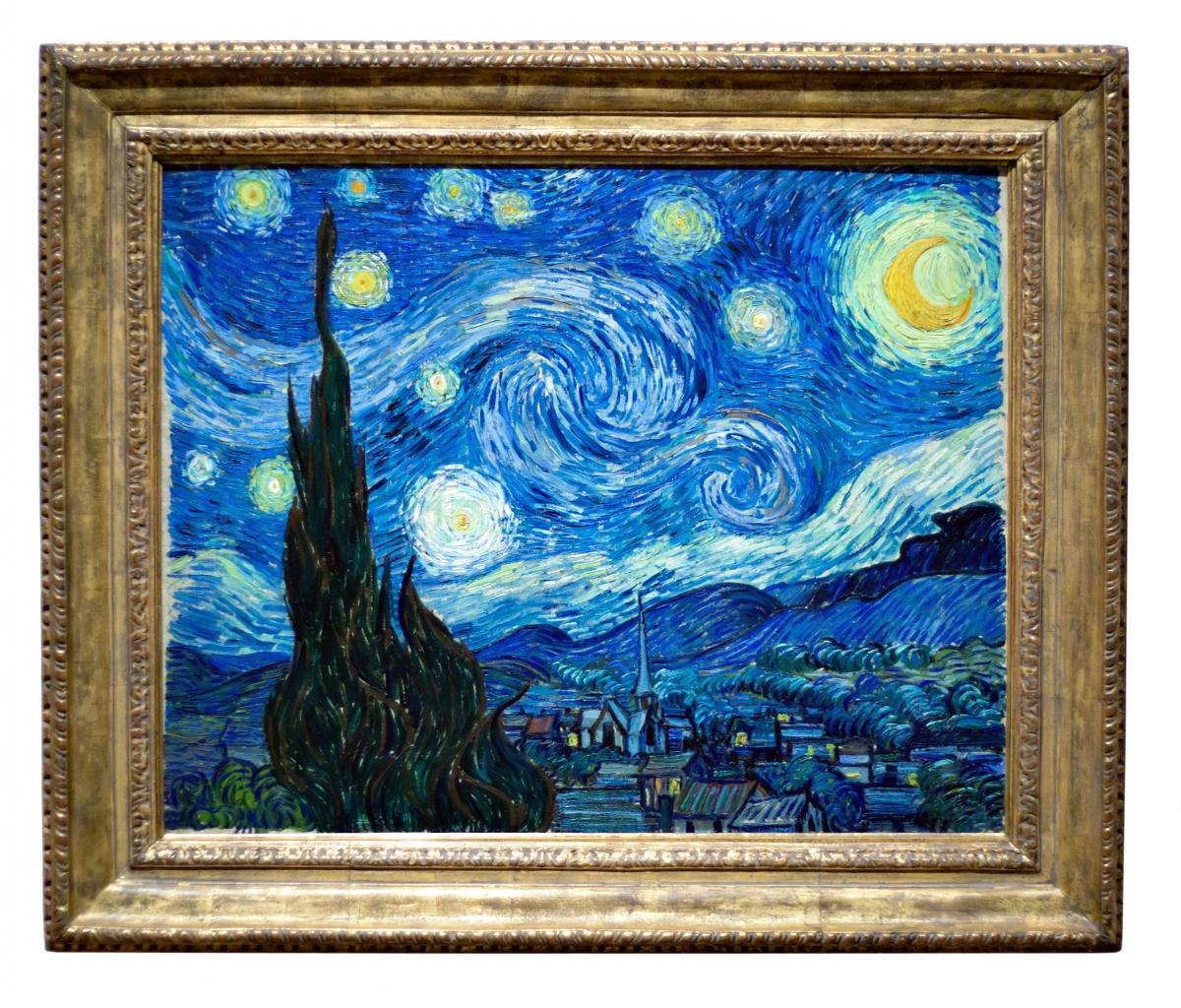
A new analysis of Vincent van Gogh's famous painting “Starry Night” has revealed striking similarities between its sky and the “hidden turbulence” in the Earth's atmosphere. This discovery confirms that the artist had a deep understanding of natural processes.
URA-Inform reports on the scientists' latest findings, citing Livescience.
The research has shown that the painting's swirling sky has much in common with dynamic processes occurring in the atmosphere. The scientists analyzed the details of the brushstrokes and colors and found that they are similar to the invisible turbulence of gases. Co-author of the study, Yunxiang Huang from Xiamen University, noted:
“The painting reveals an intuitive understanding of natural phenomena. Van Gogh could have gained this insight by observing the movement of clouds and the atmosphere.”
An analysis of the 14 vortices in the painting's sky showed that they follow patterns predicted by Kolmogorov's law of physics, which describes the movement of atmospheric gas. The intensity of the yellow tones in the painting reflects the inertial energy corresponding to these processes. Additionally, the spacing and weight of the brushstrokes follow Batchelor scaling, which describes how small eddies can be before they dissipate.
It is important to note that Kolmogorov and Batchelor's laws were developed after Van Gogh's death, suggesting that the artist relied on his observations rather than scientific knowledge.
Thus, “Starry Night” demonstrates the processes occurring in nature, which highlights Van Gogh's genius as an observer of the world.
Speaking of science, it is worth recalling that Elon Musk made a big announcement about conquering Mars: the landing time has been dramatically reduced.

